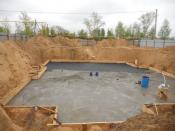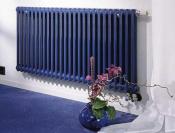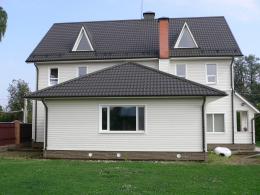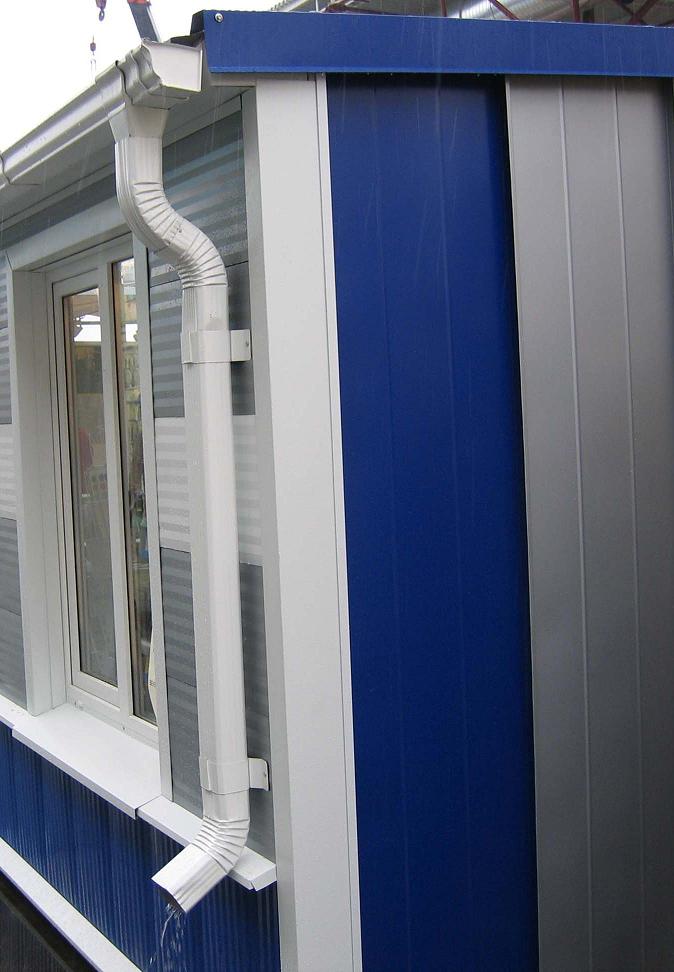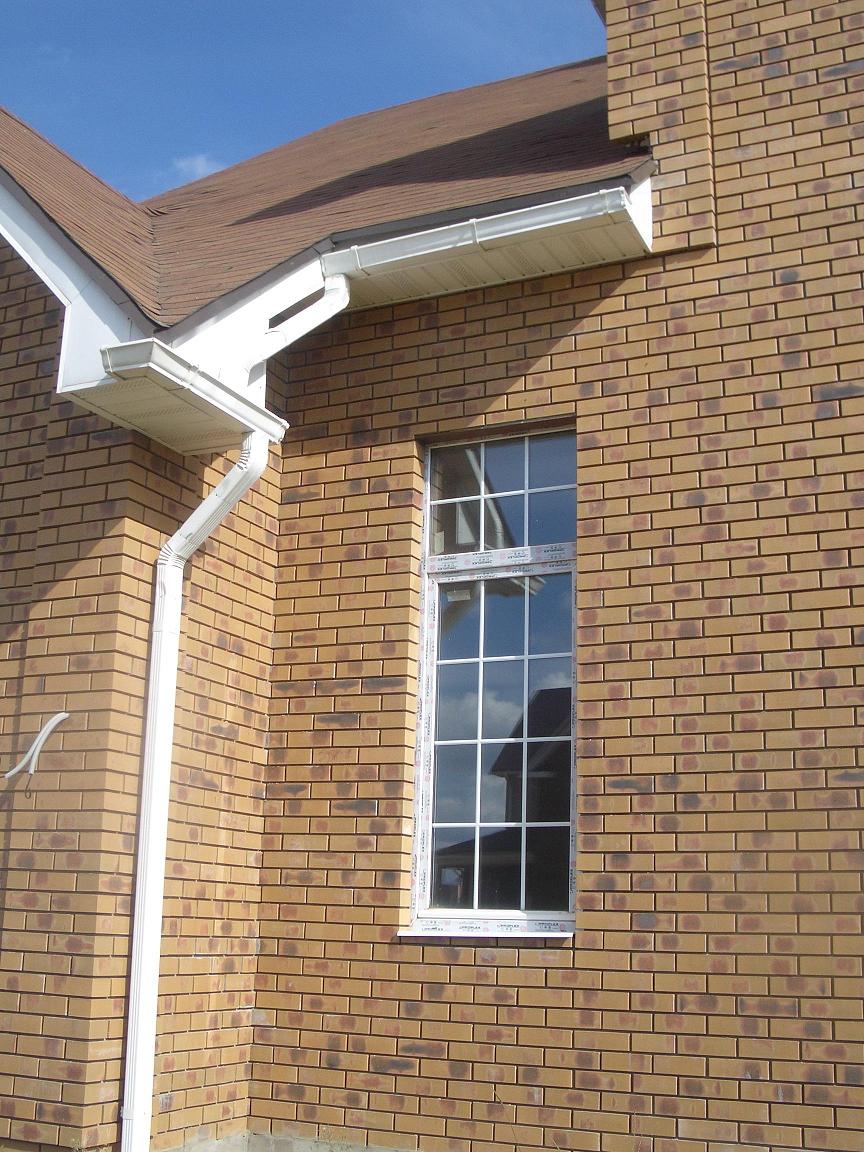Search
Login
Recommended
How to choose drains, what is the difference between steel and plastic drains
Installation of any roof implies the presence of a drainage system. It prevents premature destruction of the house from the negative effects of moisture on the foundation, basement or facade of the building. Drains are its indispensable attribute, and modern devices are not only useful, but also able to decorate the appearance of the house. What factors need to be guided when choosing them, and what material is the best for the execution of structures?
Content
Types of drainage systems
According to the method of water removal, drainage systems are divided into two types, external and internal. The latter type is mounted inside the house and is used for buildings with a flat roof, most often these are multi-story buildings. In the private sector, internal structures are used to drain water from an open veranda or terrace.
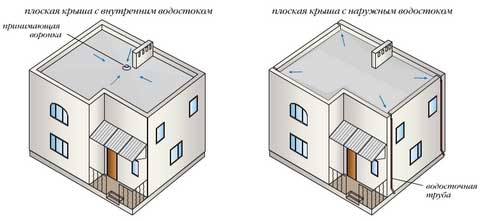
External systems collect rainfall draining from the slope of the roof and, with the help of water intake funnels and pipes, take them to the place intended for this.

Gutter construction
The design of the gutters includes:
- a complaint;
-pipes;
-fitting.

Gutters are designed to collect and drain water. They can be of different shapes: embossed, square and semicircular.
Semicircular gutters are often used, give completeness and architectural appeal to the appearance of the house.

Square gutters have a large cross-sectional area and, accordingly, a large throughput. It is preferable to use in places with a large amount of rainfall.
Embossed gutters trap debris and foliage and are used in the installation of an unusual shape for a home.
The power of drainage systems depends on the complexity of the roof structure and its area. The required diameter of the gutter must be selected based on the size of the roof:
-up to 30 m2 80 mm and more;
- up to 50 m2 from 90 mm;
- up to 125 m2 from 100 mm.
Pipes of the system are used to remove water from the roof. They are mounted vertically and have a prefabricated structure, the length of which should correspond to the height of the house to the roof. The number of pipes is calculated based on the length of the gutter. If it exceeds 8 meters, then two pipes must be installed.

Fittings include all parts of the system necessary for its normal operation:
-funnel;
- holder, lock and cap of the gutter;
upper knee;
-the lower knee with a certain bend angle;
- the folding valve;
clamps.

There are additional devices that improve the operation of the drainage system:
-baskets and nets protect the pipe from debris;
-droppers used for better rolling water;
- downpipes connect the pipe to the storm sewer.

Types of materials
By type of raw material, there are two types of drains plastic and metal.
Plastic gutters
For the production of plastic systems, PVC (polyvinyl chloride) is used. It is a lightweight material that is resistant to damage. One of the main advantages of such designs is ease of installation. It can be done on your own, just read the instructions carefully and have the usual set of tools.
Choosing plastic drains, the prices for which are quite affordable and also are among the advantages of such systems, you can decorate your home with a wide choice of colors. One person prefers to choose a device in accordance with the main shade of the roof, and for another, the contrast solution will seem more interesting.
The disadvantages of plastic devices include the possibility of deformation during temperature changes. But most manufacturers claim that their products can withstand temperature fluctuations from 50C to + 50C without losing their properties, for example, plastic drains docke, PROFIL, Roofart, etc. Despite this, plastic structures are best used in regions with a moderate temperature zone.

Metal gutters
Cink Steel
Galvanized steel is appreciated for its durability and low price. To protect against corrosion, it can be coated with a primer and paint, which is selected in accordance with the color scheme of the house. But in order for the zinc layer not to collapse, this procedure will have to be repeated several times.

Modern metal roof drains are made of galvanized steel with double-sided coating with polymer polyvinyl chloride. This gives the material extra strength and many times increases its operational life. The disadvantages of such designs include a higher price and considerable weight. The advantages are ease of installation, high strength and resistance to temperature extremes.

Copper
Copper is considered the most optimal material for the drainage system. But the devices made from it have one significant drawback; they are the most expensive of all the options considered. Their price is justified by a very long service life and excellent appearance. Copper is durable, easy to process and corrosion free. Over time, due to oxidation, products from it change color; they become dark brown.
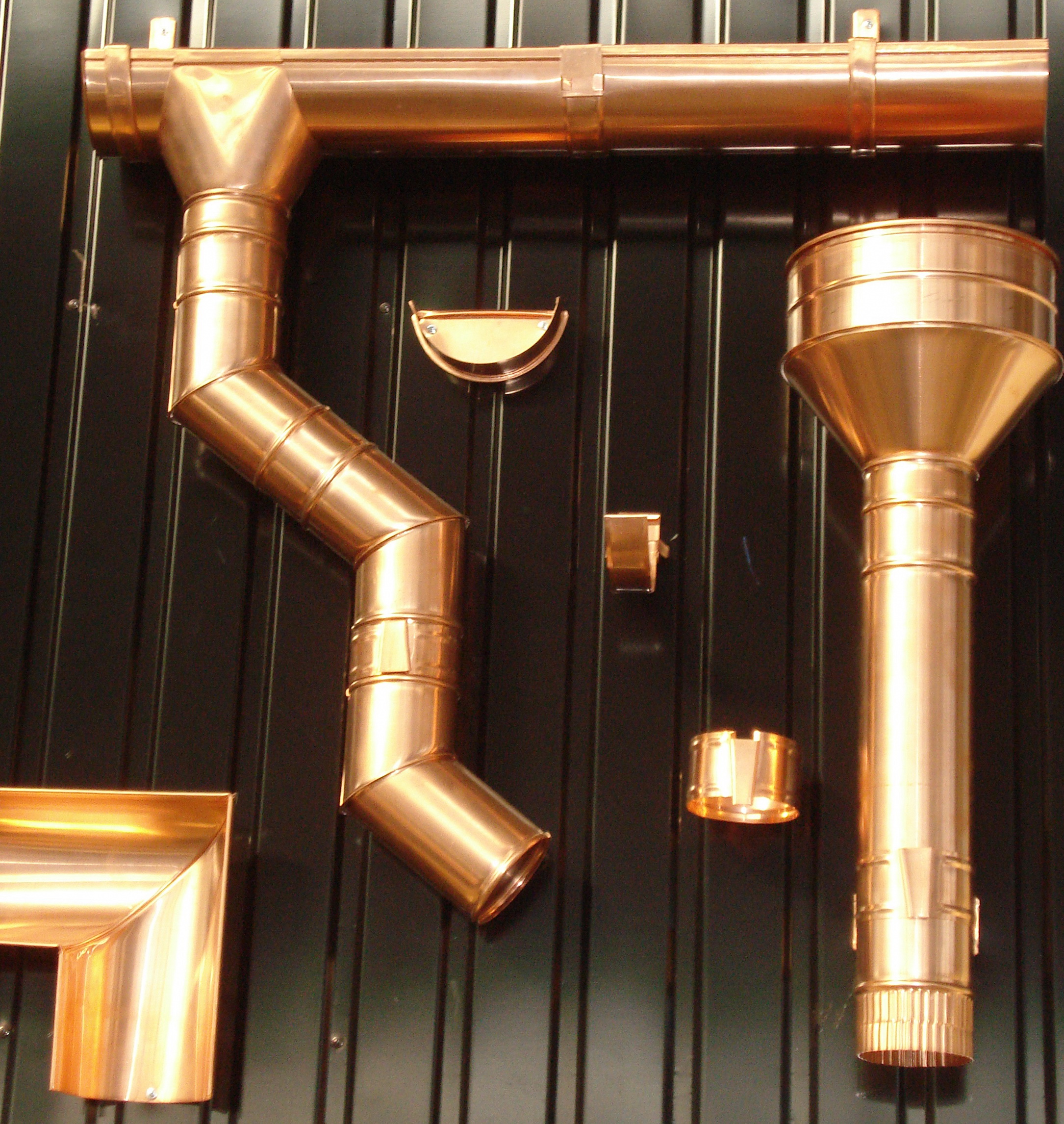
When choosing a plastic or metal gutter with a double-sided coating, it should be taken into account that the service life of the latter is 5 times longer than that of a PVC construction.
Connection type
There are two options for connecting parts of the drainage system using rubber seals and glue. The first method is preferable, since it simplifies the installation of the structure and makes it possible to carry it out even at low temperature. With the adhesive method it is impossible there is a risk of losing the strength of the connection.
